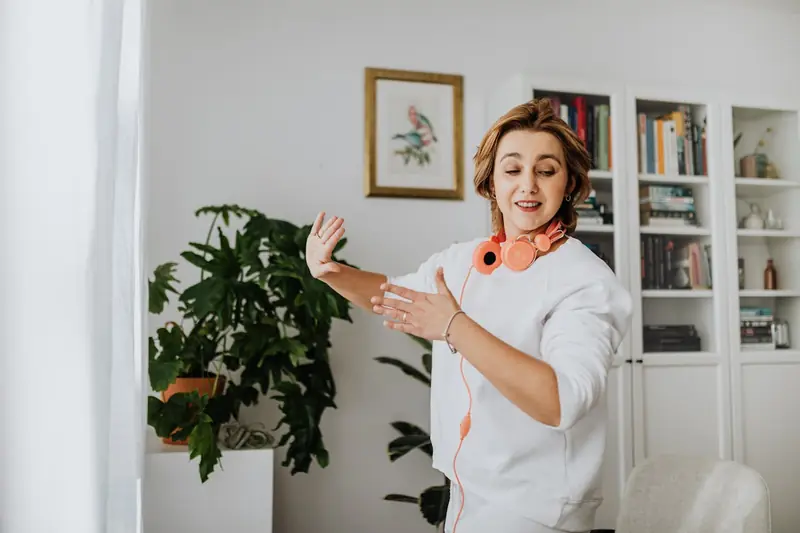
During the coronavirus pandemic, when people were confined to their homes, English singer Sophie Ellis-Bextor began streaming her online Kitchen Disco dance parties. Not only did she lift the spirits of millions of fans, but she also sparked an interesting fitness trend that can be just as effective as hitting the gym or going for a run.
Recently, researchers from Northeastern University in Boston, USA, confirmed the effectiveness of home dancing. They found that a 20-minute kitchen disco session can provide benefits comparable to the recommended daily physical activity guidelines.
Experts advise engaging in moderate to vigorous exercise for at least 150 minutes each week.
Previous studies have shown that dancing improves heart health, balance, and flexibility, while also reducing the risk of premature death. The current research demonstrated that dancing at home, particularly while doing household chores, has a similarly positive effect as popular forms of exercise like jogging, swimming, or aerobics.

What Did the Researchers Discover?
In the study, the team of scientists aimed to determine how much dancing is needed for it to be considered moderate physical activity.
The researchers recruited 48 participants aged between 18 and 83 years. Some had no prior dance experience, while others had up to 56 years of dance training.
Volunteers were asked to participate in five-minute dance sets in a freeform style—both with music and without. During the dancing, the scientists measured the participants’ oxygen consumption and heart rates, which indicated the intensity of the exercise.
The analysis revealed that all participants achieved at least a moderate level of physical activity during all dance sets, as reported by the Daily Mail. However, there was a higher likelihood of reaching elevated heart rates and breathing rates when they danced to music.
Speaking at the American Association for the Advancement of Science conference in Boston, Dr. Aston McCullough, the lead researcher, stated, “The main idea was to understand whether the intensity people experience from freeform dancing is comparable to health-promoting physical activity. Ultimately, all participants were able to reach a health-beneficial level of activity without being instructed on how intensely to dance.”
As Dr. McCullough noted, even when volunteers danced without music, they still achieved this level. According to the researcher, the key takeaway is that dancing is an accessible form of physical activity that can be practiced even at home.
Dr. McCullough also emphasized that dancing is beneficial for our health, as it represents an aerobic workout comparable to weight training, including bodyweight exercises.
The results of the study were published in the journal PLOS ONE.

